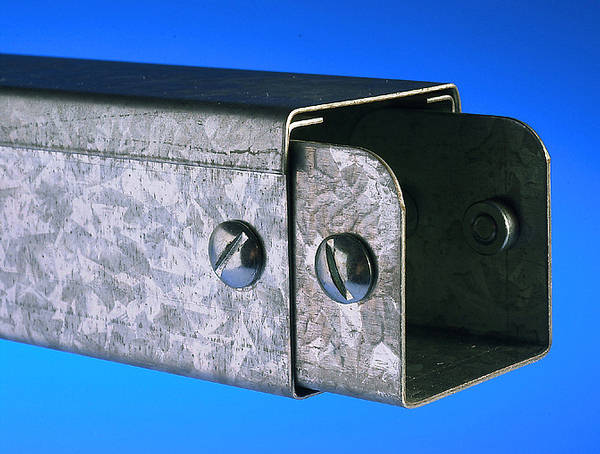When routing cables between joists in a ceiling, does the 50mm depth apply - i.e. where the cable hang down between the joists and rest on the plasterboard, this will be less than 50mm from the surface of the ceiling?
If it does, how do you route the cables in the voids, so they don't rest on the plasterboard without having to clip them along the joists - trying to avoid having to lift loads more floorboards!
I'm asking as I am starting my first fix soon - all notified to LBC etc...
If it does, how do you route the cables in the voids, so they don't rest on the plasterboard without having to clip them along the joists - trying to avoid having to lift loads more floorboards!
I'm asking as I am starting my first fix soon - all notified to LBC etc...



